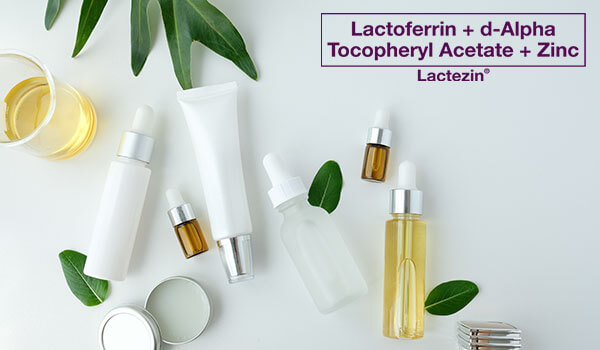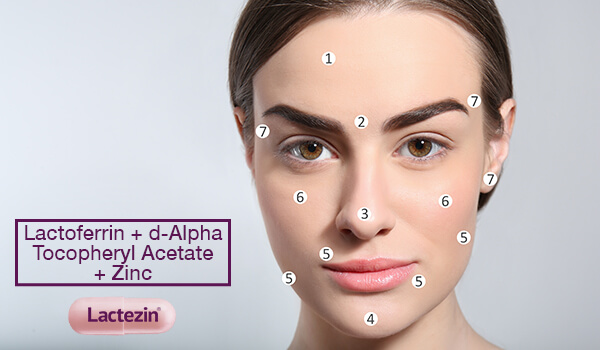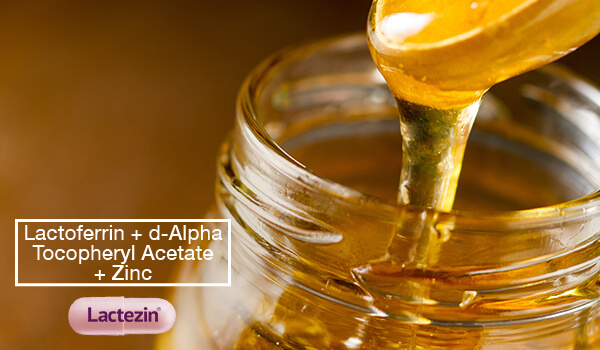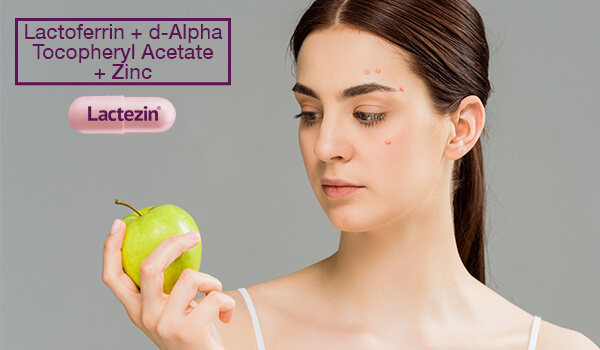A Guide to Anti-Acne Treatments
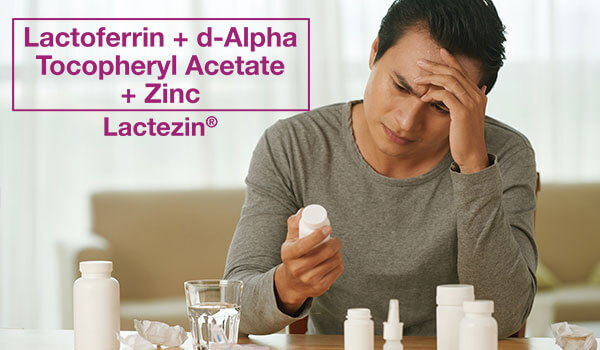
Finding the perfect acne treatment requires a tremendous amount of patience and a lot of trial-and-error, simply because there is no one-size-fits-all when it comes to fighting acne. Everyone has different skin types and is exposed to different environmental elements. There is an overwhelming amount of options to choose from, but before you run to your nearest drugstore, try to understand what effects these ingredients can bring to your skin.
Salicylic Acid
Salicylic Acid is a known superstar in the acne treatment scene. It is a type of Beta Hydroxy Acid or BHA. While putting on acids on your skin sounds scary and intimidating, these types of chemical exfoliants can safely penetrate deeper into the pores and break down pore-clogging particles because of its molecular structure. Plus, it promotes healthy cell turnover and has anti-inflammatory and antibacterial properties. So, what’s not to love?
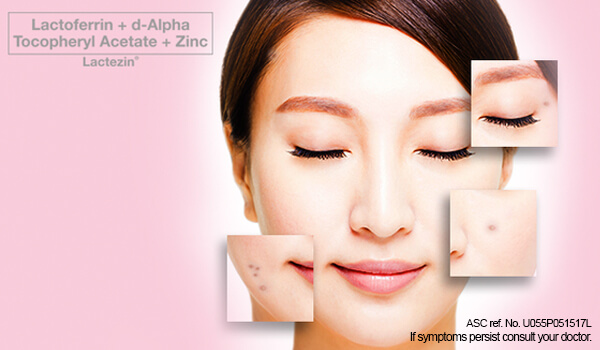
Glycolic Acid
Glycolic acid, meanwhile, is a well-researched and widely used form of Alpha Hydroxy Acid or AHA. These types of acids are derived from natural sources like sugar cane and milk and they are made up of tiny molecules of water loving and water soluble acids. They work similarly to BHAs in terms of sloughing away dead skin cells and clearing pores. However, AHA’s cannot penetrate as deep into the skin as BHA’s can.
Glycolic acid works by melting the intercellular glue that holds our skin together. It is a commonly recognized effective re-surfacing agent—meaning it helps combat fine lines, pigmentation, and scarring. This multitasker acid boosts moisture content as well, making the skin’s surface barrier hydrated and strong.
Retinol
Retinol is the pure form of Vitamin A and it is more widely used as an anti-aging treatment. It helps normalize the skin’s look and feel by diminishing the signs of aging like wrinkles and uneven skin tone. However, it can work wonders for acne-prone skin too. It works by speeding up the process of cell turnover, which makes it harder for pores to become clogged since cells are rejuvenating faster than normal. Expect a brighter, more youthful appearance when you incorporate it into your acne treatment.
Lactoferrin
Lactoferrin is an iron-binding protein commonly found in human and cow milk. Its natural antibacterial and anti-inflammatory properties strengthen the body’s defenses to fight bacteria while reducing inflammation and the production of sebum.
You can fight acne with the Lactoferrin found in Lactoferrin + d-Alpha Tocopheryl Acetate + Zinc (Lactezin). It also contains Vitamin E and Zinc to help treat acne and give clearer skin in as early as 2 weeks. Lactoferrin + d-Alpha Tocopheryl Acetate + Zinc is the generic name of Lactezin. If symptoms persist, consult your doctor.
ASC Ref Code: I051N031919L
SOURCES:
https://theklog.co/best-acids-for-acne/
https://www.paulaschoice.com/expert-advice/skincare-advice/anti-aging-wrinkles/how-retinol-works.html
https://www.self.com/story/common-acne-treatments
https://www.skinstore.com/blog/skincare/aha-vs-bha-what-s-the-difference/
https://www.webmd.com/vitamins/ai/ingredientmono-49/lactoferrin
